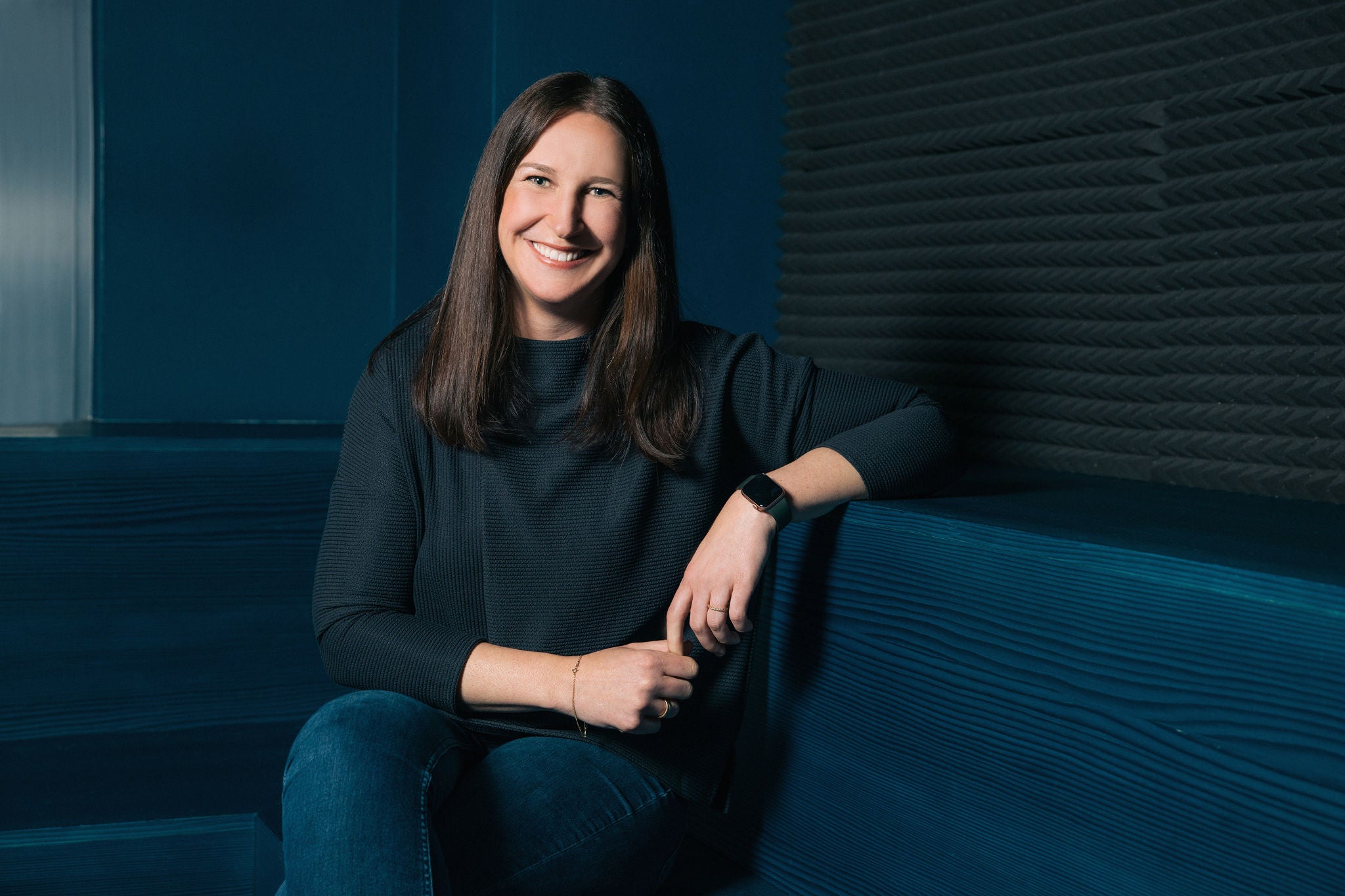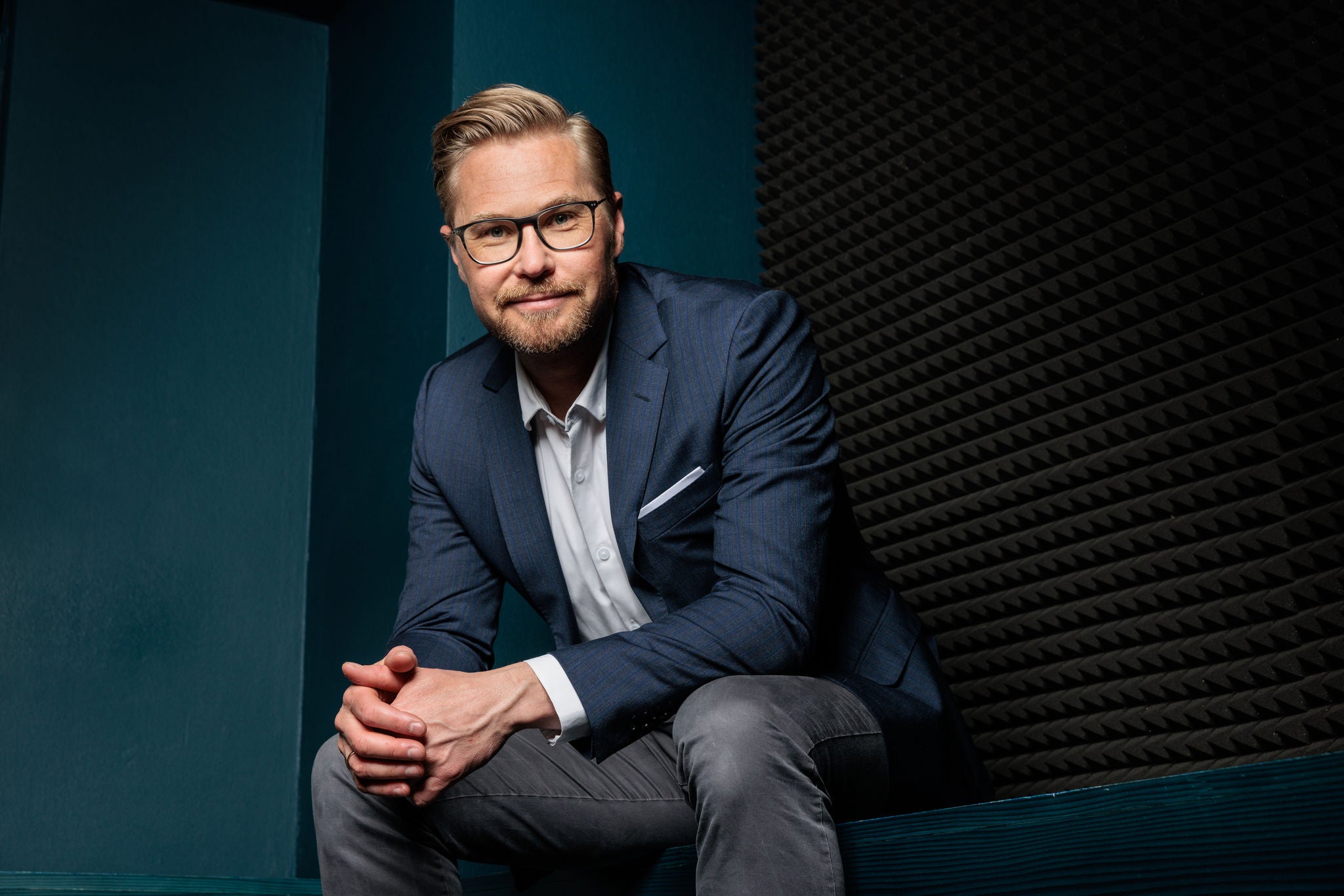with Alex Turtschan
Director Innovation
In an ever-evolving world, the importance of media innovation has never been greater. With a variety of formats - video, digital platforms, print, entertainment, and events – media is now more accessible to more people than ever before. However, with increased demand comes the pressure to innovate efficiently and effectively.
Consumers are always looking ahead to the next big thing, giving brands in the media space little time to sit back and enjoy their successes. The second you take your finger off the pulse of innovation, you risk falling behind in the race towards the next game-changing platform. We sat down with Alex Turtschan, an expert in the world of media, to explore what comes next for our ever-evolving industry.
Alex is the Director of Innovation at Mediapus Germany – the world’s leading independent media agency, with over 3,000 employees across 44 locations. When colleagues at Mediaplus Germany want to gain an understanding of what’s new and exciting in the world of media, from social to technology and statistics to trends, Alex is their go-to source. He spends his days attending global media events to keep his finger on the pulse of the industry, and if he doesn’t know the answer to something, he finds someone who does.
Innovation in media is complex, yet exciting. Media is the discipline of not only connecting brands with their consumers through creative ideas and engagements but also an area of advertising demanding thoughtful and responsible investment strategies for clients’ media budgets. Yet, we still strive to constantly go one step further, uncovering new opportunities and making sense of them.
That may come in the form of finding new benefits for a client, developing technology that enhances efficiency, or venturing into a brand-new field of play entirely.

"Innovation in media isn´t just about brands looking for audiences and conversions in new places. It´s also about understanding why innovation matters to brands and agencies in the first place. I think this has very much to do with our current, rapidly changing times. When the whole tech bubble, internet, and digital age began in the early 2000s, we always saw innovation as a transformation towards something more positive. It was about making things happen that were mere science fiction just 10 years before."
During those early years of technological innovation in the internet boom, the world witnessed the birth of entirely new forms of media. Platforms like Facebook and YouTube took over the internet, putting social media in the palms of billions of people across the world. Netflix paved the way for streaming to completely redefine the way we consume film and television. We have seen a monumental shift from print journalism to digital, with the newspaper industry being forced to pivot, innovate, and adapt as a result.
The COVID-19 pandemic in 2019 also acted as a catalyst for change in innovation. Suddenly, the world was plunged into lockdown and the pace at which we had to innovate increased dramatically. During these times, gaming had a momentous breakthrough, not only as a form of entertainment but as a place to meet and socialize, especially for young audiences. It also became a crucial platform for brands to connect with people seeking community and escapism in an isolated world.
But COVID-19 wasn’t the first, nor the last global crisis we will have to deal with. The world is likely to continue experiencing an ongoing polycrisis from coming out of a pandemic, with financial instability, recessions, job losses, and wars on one hand and a significant transformation shift towards new technology on the other. Amid this unstable environment, one transformative technology is reshaping both our professional and personal lives: Artificial Intelligence. And with all the exciting opportunities AI presents, it also creates new worries, especially among less tech-savvy consumers.
“I think somewhere along the way, new technology stopped being a positive force, or at least stopped being perceived as a positive force. Now it’s almost like this looming threat of gigantic change that’s coming, and having an innovation process feels like a way of dealing with this monumental change. It gives us back a sense of agency, enabling us to craft our own future and guide this change in a way that is helpful, rather than harmful.”
It's no longer just the common question of ‘what should innovation be capable of?’ Instead, we should be asking ourselves, ‘what should we actually do with innovation?’ The answer is clear: we should use innovation as a tool to actively craft our own narrative, keeping our own agency over what we are doing on a day-to-day basis in both business and life, and reaping benefits that result in a net positive for everyone. It shouldn’t be about doing something new and exciting for the sake of it, but about doing something new and exciting that ultimately creates a net profit.
The idea of innovating for the future also goes hand-in-hand with predicting what the future may bring. Part of thriving in today’s media landscape requires analyzing trends and highlighting which technologies are set to be the next big thing. Then it becomes a matter of ‘what can we do with that technology’. To craft our own narrative we must find the best tools for the job. There are three key factors to take into consideration as we transition towards a new era of media:
- Artificial intelligence
- A new type of consumer
- How media is perceived in the modern-day
Artificial intelligence is transforming not only the landscape of what we do online, but human life as a whole. It will have a huge impact on the media landscape in the years to come, an impact that will stretch long into our future. There will be business models and jobs specifically created with AI in mind. Over the next 12-36 months, certainly, more and more tasks and workflows will be replaced or assisted by AI – a shift that is inevitable. Such a drastic change not only impacts business, but everyone’s personal lives, too. It is no exaggeration to say AI represents the next era of change that will come with the same magnitude as what the internet triggered 25 years ago.
Some estimates state that AI could replace 85 million jobs by 2025 alone. However, 97 million new jobs will be created by the AI industry. This highlights both the threat of change and the possibility of innovation. We must ensure that the transition from those 85 million familiar jobs to 97 million new-sector jobs is as smooth as possible, without leaving people behind in the process. The media industry is ingrained with technology and will be among the first to see a significant shift to AI reliance. Brands and agencies must prepare for this change now, embracing AI as a tool for innovation, or else they risk seeing competitors overtake them in the next five years.
A changing landscape also means we must prepare for a new type of consumer. Amidst this polycrisis, people are looking for new ways to make sense of everything. That changes the way they behave in their private lives and at work, but also how they shop and interact with brands. People expect different things from brands now and a lot of that comes down to them looking for fulfilment in life in smaller ways while dealing with ongoing change. This requires us to rethink how we approach them and how we communicate.

This change in consumer mindset also creates a shift in the way media and media brands are perceived. For so many years, major media brands were seen as immovable objects in the world that gave people sense and direction. These brands were trustworthy, consistent, and consumers knew what to expect from them. However, there has been a significant shift in the past 10-15 years. Established brands and publications within the media landscape, names that have been around for decades, no longer have that same immovable and trusted status. The consumer market is more suspicious than ever, and media brands must answer those tough questions to retain their spot in society.
“We used to have these publications that would spell things out and give direction, whether it be news, sport, politics, or our niche hobbies. That is going away now. On the other hand, we are seeing new sources of information, including content creators and influencers who are taking over this established role in part and become influential in consumers information habits and purchase decisions.”
These influencers play by completely different rules to the ones observed by old media, and there needs to be much more regulation in the coming years (although that’s a conversation for another day). These new media touchpoints provide guidance, inspiration, and shape modern trends. Take content creators, for example: An influencer or creator is so much more than just one channel on YouTube, TikTok, or Instagram. Once they achieve a significant reach, they branch out into different platforms with adapted content – live streaming, on-demand video, and short-form entertainment, writing newsletters, or building communities on platforms like Discord. Many even launch their own products and brands. It becomes a vast network of touchpoints, all centered around one single person or small group of people. These creators become the brand and serve almost as an entry point for our clients to tap into different communities by co-creating content or collaborating on events.
While this may not seem like a groundbreaking technical innovation, it represents a massive shift in how we must approach target groups, considering how communication works. The landscape is changing, and the way we interact with consumers, the messages we produce, and what our advertising looks like, must change with it.




























